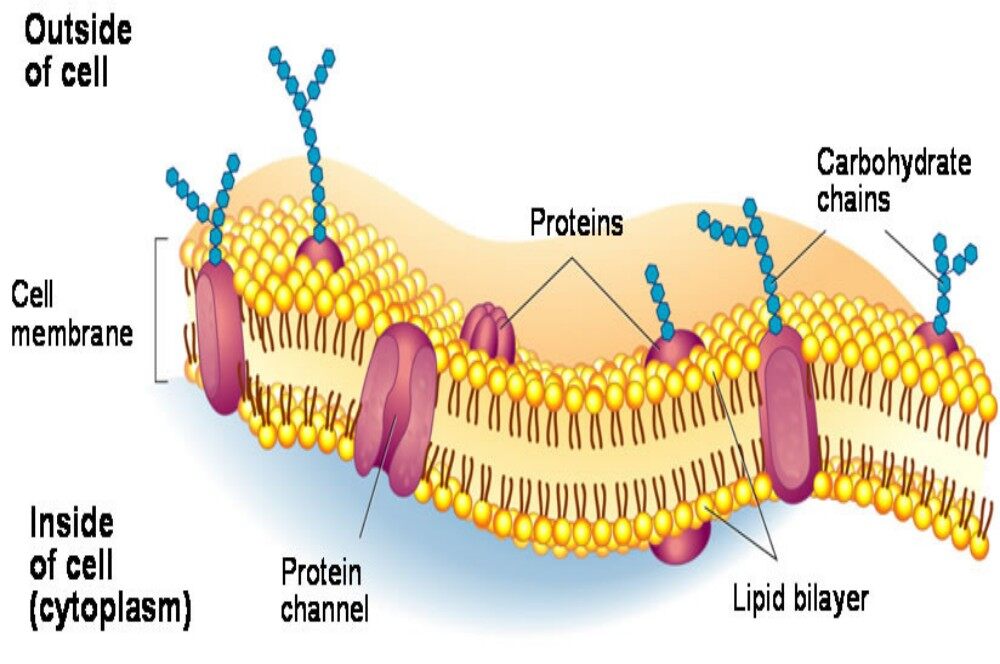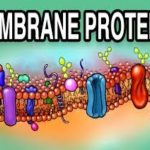The fluid-mosaic model was not the first scientifically accepted paradigm to describe membrane structure
The first model that attempted to describe the position of proteins within the bilayer was proposed by Hugh Davson and James Danielli in 1935
When viewed under a transmission electron microscope, membranes exhibit a characteristic ‘trilaminar’ appearance
§ Trilaminar = 3 layers (two dark outer layers and a lighter inner region)
Electron Micrograph of Plasma Membrane

Danielli and Davson proposed a model whereby two layers of protein flanked a central phospholipid bilayer
§ The model was described as a ‘lipo-protein sandwich’, as the lipid layer was sandwiched between two protein layers
§ The dark segments seen under electron microscope were identified (wrongly) as representing the two protein layers
There were a number of problems with the lipo-protein sandwich model proposed by Davson and Danielli:
§ It assumed all membranes were of a uniform thickness and would have a constant lipid-protein ratio
§ It assumed all membranes would have symmetrical internal and external surfaces (i.e. not bifacial)
§ It did not account for the permeability of certain substances (did not recognise the need for hydrophilic pores)
§ The temperatures at which membranes solidified did not correlate with those expected under the proposed model
Falsification Evidence:
Membrane proteins were discovered to be insoluble in water (indicating hydrophobic surfaces) and varied in size
§ Such proteins would not be able to form a uniform and continuous layer around the outer surface of a membrane
Fluorescent antibody tagging of membrane proteins showed they were mobile and not fixed in place
§ Membrane proteins from two different cells were tagged with red and green fluorescent markers respectively
§ When the two cells were fused, the markers became mixed throughout the membrane of the fused cell
§ This demonstrated that the membrane proteins could move and did not form a static layer (as per Davson-Danielli)
Freeze fracturing was used to split open the membrane and revealed irregular rough surfaces within the membrane
§ These rough surfaces were interpreted as being transmembrane proteins, demonstrating that proteins were not solely localised to the outside of the membrane structure
New Model:
In light of these limitations, a new model was proposed by Seymour Singer and Garth Nicolson in 1972
According to this model, proteins were embedded within the lipid bilayer rather than existing as separate layers
This model, known as the fluid-mosaic model, remains the model preferred by scientists today (with refinements)
Models of Membrane Structure



